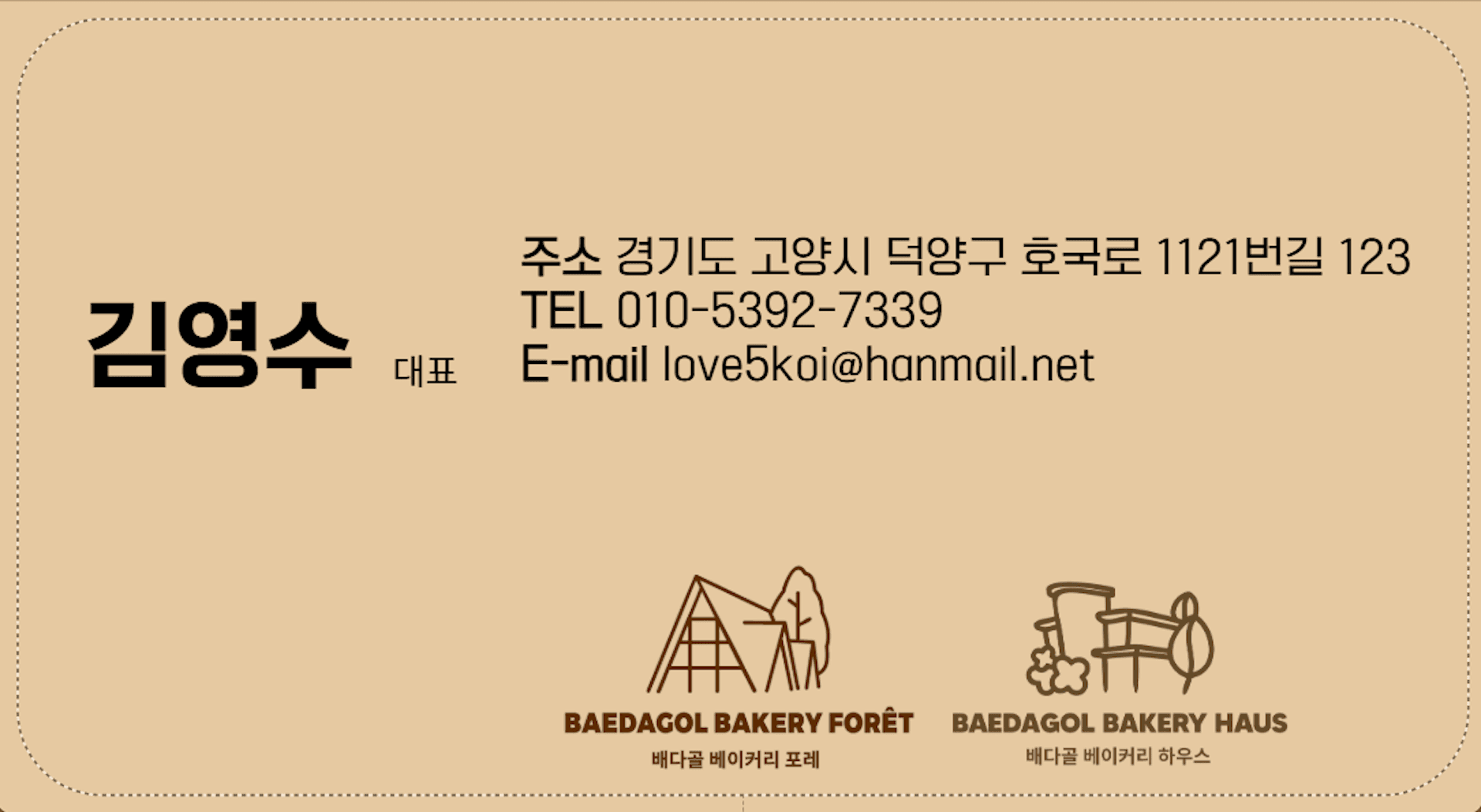Korean History Timeline
Korean History Timeline — 8 Epic Eras Shaping Its Legacy
Plan your trip to Korea and deepen your understanding of its past. This timeline connects mythic origins, royal dynasties, Buddhism, colonial upheaval, and today’s modern nation — with quick links to UNESCO sites, museums, and scholarly sources.
Understanding the Korean History Timeline is essential for anyone interested in the cultural heritage of Korea. From archaeology to architecture, and from dynastic power struggles to modern diplomacy, this overview offers a gateway into Korea’s rich and layered past.
Each period reveals how Korea adapted to challenges, absorbed influences, and developed a distinct identity that continues to resonate worldwide.
Highlights from the dataset
- 0 — Korea: Birth of Jesus Christ, used as a global chronology marker.
- 313 — Korea: Goguryeo annexes the Lelang Commandery (context).
- 612 — East Asia: Silla–Tang forces defeat Baekje.
- 936 — Korea: Final unification under Goryeo.
- 1145 — Korea: Compilation of the Samguk Sagi, Korea’s oldest historical text.
- 1597 — Korea: Siege of Ulsan during the Imjin Wars with Japan (context).
- 1864 — Korea: Gojong ascends the throne, with Daewongun as regent.
- 1915 — Korea: Japan issues the “Twenty-One Demands,” reshaping East Asian geopolitics (context).
- 1953 — Korea: The Korean War ends with the armistice agreement.
- 1994 — Korea: Kim Jong Il takes control of North Korea after Kim Il-Sung’s death.
Travel & Cultural Connections
Korea’s history is not only preserved in books but also embedded in its landscapes and monuments. Travelers can experience history by walking the palace grounds, hiking ancient fortress walls, and meditating in centuries-old Buddhist temples.
- Gyeongju: Silla capital with royal tombs and UNESCO Historic Areas.
- Seoul — Gyeongbokgung & Changdeokgung: Joseon palaces, UNESCO listed.
- Haeinsa Temple: Repository of the Tripitaka Koreana UNESCO.
- Seokguram Grotto & Bulguksa: Buddhist masterpieces of the Silla era UNESCO.
- DMZ observatories: Learn modern history along the Korean DMZ.
Explore by Chapter
To make this timeline easier to navigate, the content is divided into eight distinct eras. Each era marks a turning point: from the mythical foundations of Korea to the challenges of the colonial period, and the division of the peninsula after the Korean War.
In Popular Culture
Beyond textbooks, Korean history has reached a global audience through the Korean Wave, or Hallyu.
Historical dramas like Jewel in the Palace (Dae Jang Geum), Moon Embracing the Sun, and Kingdom
vividly reimagine the grandeur of Joseon courts, the struggles of royal succession, and even the terrors of invasion.
These series have introduced millions of viewers to Korea’s traditions, costumes, and values.
Modern films and TV series often revisit the colonial era or the Korean War, exploring themes of resistance, survival,
and national identity. The blending of entertainment with history allows international audiences to connect emotionally
with Korea’s past, sparking curiosity to visit historical sites in person. For K-pop fans, music videos and stage
performances sometimes reference traditional motifs, showing how heritage continues to inspire creativity today.
Why This Timeline Matters
The Korean History Timeline is more than a sequence of dates — it is a story of resilience, transformation, and creativity.
By exploring the flow of events, visitors gain insight into how Korea became a nation that balances rapid modernization
with deep respect for tradition. This perspective helps explain why Korea is now a leader in global culture, technology,
and diplomacy, while never losing sight of its roots.
Today, the Korean History Timeline also serves as a bridge between the past and present.
It helps travelers understand why UNESCO sites are more than tourist attractions,
why K-dramas often revisit dynasties, and why Korean traditions remain visible in food, art, and daily life.
For students, fans of Hallyu, or curious explorers, this timeline offers context that makes modern Korea’s global presence even more meaningful.
Further Reading

Temporary pause on koi exports — healing park in development
International koi exports are currently on hold. Meanwhile, we are laying the foundations for a nature-driven healing park in Goyang that blends koi culture, art, and quiet craftsmanship. For updates or collaboration, feel free to get in touch.
Contact Kim Young Soo